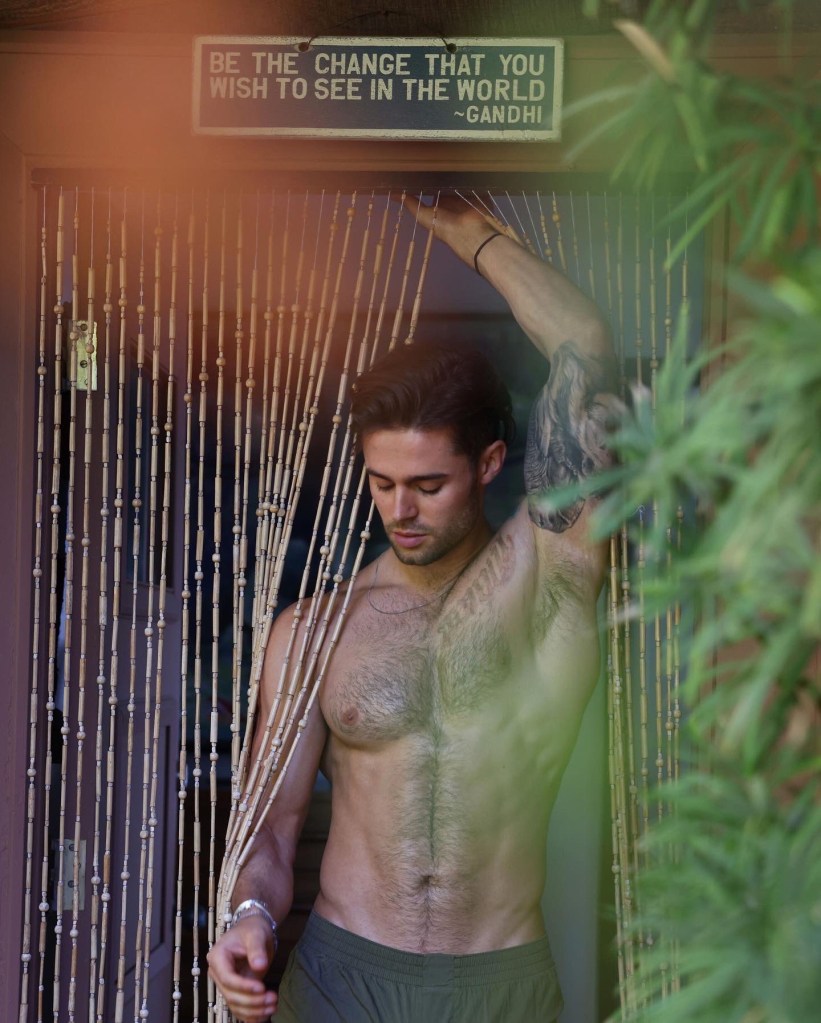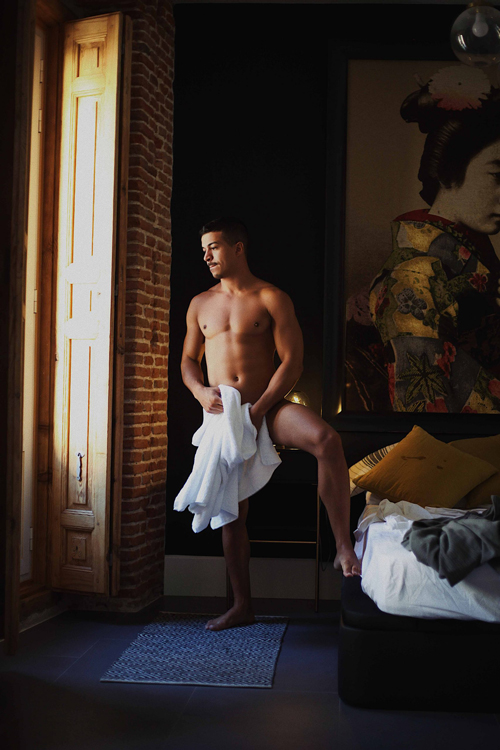
Monthly Archives: March 2023
Today’s Plans

The picture above is my plan for today. It’s not only been a busy week, but it’s also been a busy three weeks, and I need a day to just be completely lazy. I hope you all have a good Friday and a wonderful weekend.
This Is Just To Say

This Is Just To Say
By William Carlos Williams – 1883-1963
I have eaten
the plums
that were in
the icebox
and which
you were probably
saving
for breakfast
Forgive me
they were delicious
so sweet
and so cold
About the Poem
“This Is Just to Say” (1934) is an imagist poem by William Carlos Williams. The three-versed, 28-word poem is an apology about eating the reader’s plums. The poem was written as if it was a note left on a kitchen table. It has been widely parodied.
The poem appears to the reader like a piece of found poetry and has an odd structure. The poem’s meter or rhythm exhibits no regularity of stress or syllable count. Except for lines two and five and lines eight and nine, no two lines have the same metrical form. The consonance of the letters “Th” in lines two, three, and four, as well the consonance of the letter “F” in lines eight and nine, and the letter ‘S’ in lines eleven and twelve give rise to a natural rhythm when the poem is read aloud.
A conspicuous lack of punctuation contributes to the poem’s tonal ambiguity. While the second stanza begins with a conjunction, implying a connection to the first stanza, the third stanza is separated from the first two by the capitalized “Forgive.” In a 1950 interview, John W. Gerber asked the poet what it is that makes “This Is Just to Say,” a poem; Williams replied, “In the first place, it’s metrically absolutely regular… So, dogmatically speaking, it has to be a poem because it goes that way, don’t you see!” Critic Marjorie Perloff writes, “on the page, the three little quatrains look alike; they have roughly the same physical shape. It is typography rather than any kind of phonemic recurrence that provides directions for the speaking voice (or for the eye that reads the lines silently) and that teases out the poem’s meanings.” Additionally, this typographical structure influences any subsequent interpretation on the part of the reader.
Florence Williams’s (Williams’s wife) ”reply” to This Is Just to Say is included as a ‘Detail’ in the partially published Detail & Parody for the poem Paterson (a manuscript at SUNY Buffalo) first appearing in 1982. Since Williams chose to include the ”reply” in his own sequence, it seems likely that he took a note left by his wife and turned it into a ”poem.”
About the Poet
William Carlos Williams was born on September 17, 1883, in Rutherford, New Jersey. He began writing poetry while a student at Horace Mann High School, at which time he made the decision to become both a writer and a doctor. He received his MD from the University of Pennsylvania, where he met and befriended Ezra Pound.
Pound became a great influence on Williams’s writing and, in 1913, arranged for the London publication of Williams’s second collection, The Tempers. Returning to Rutherford, where Williams sustained a medical practice throughout his life, he began publishing in small magazines and embarked on a prolific career as a poet, novelist, essayist, and playwright.
Following Pound, Williams was one of the principal poets of the Imagist movement; though, as time went on, he began to increasingly disagree with the values put forth in the work of Pound and especially T. S. Eliot, both of whom he felt were too attached to European culture and traditions. Continuing to experiment with new techniques of meter and lineation, Williams sought to invent an entirely fresh—and singularly American—poetic form whose subject matter was centered on the everyday circumstances of life and the lives of common people.
Williams’s influence as a poet spread slowly during the 1920s and 1930s, overshadowed, he felt, by the immense popularity of Eliot’s “The Waste Land.” His work received increasing attention in the 1950s and 1960s as younger poets, including Allen Ginsberg and the Beats, were impressed by the accessibility of his language and his openness as a mentor. His major works include Imaginations (New Directions, 1970); the five-volume epic Paterson, first published by New Directions in 1963 and rereleased in 1992; and Pictures from Brueghel and Other Poems (New Directions, 1962), which was awarded the Pulitzer Prize.
Williams’s health began to decline after a heart attack in 1948 and a series of strokes, but he continued writing up until his death in New Jersey on March 4, 1963.
First Crush

Picture it, August 1989…
It was homeroom, and I was in middle school, seventh grade to be exact when I first saw him. It was the first day of school, and he was the new kid in our class. This incident happened before I fully understood that I was attracted to guys. I told myself it was admiration and a desire to be like the guys I had “crushes” on. I wouldn’t allow myself to think that I could be gay. I dated girls all through school and even the early years of college.
On that day many years ago, someone in my class called me a faggot, queer, or some other derogatory term for sissy or gay. I was constantly bullied and called gay slurs from probably fifth grade. They would mock my voice and exaggerate my mannerism that they thought were sissified. When I think back now, I doubt they knew what gay was or even what they were saying. None of us did. Like me, they just knew it was terrible and reserved for those less masculine than what everything seemed to teach us about what a man should be, and I was not the most masculine of guys. I was tall and, I would say, non-descriptively handsome. I had brown hair, brown eyes, and an olive complexion. I was the smartest person in my class, automatically making me a queer nerd.
Anyway, a group of guys were calling me names and bullying me when I heard a masculine voice tell them to stop. I looked to see a vision of beauty, not by everyone’s standards, but he was so handsome and my definition of masculine beauty. He was tall, with blond hair, blue eyes, and that pinkish complexion that comes from fair skin guys who don’t tan but burn in the sunlight. He was also as masculine as a middle schooler can be. Without realizing it, I had my first boy crush from that day forward. I basically worshipped this kid. He was my hero and a genuinely good guy. I fell in love, but it was not something I understood. He never had any idea that I had a crush on him, and as far as I know, he never did. We became friends, or really just acquaintances. We didn’t hang out all the time or anything like that, but he was always friendly to me and took up for me when guys were bullying me. He was not a bully, but people still respected him. He was a genuinely nice guy.
I had all sorts of fantasies about him. I never contemplated being gay until college, although I had fantasized about a number of guys once I’d had my sexual awakening. However, that new kid in seventh grade was the person who almost always fueled my sexual fantasies. Thinking back on it, he probably fueled my whole sexual awakening. I was utterly delusional, though. I had no awareness I was gay. I rarely ever fantasized about girls, and when I did, it was because I thought that was what I should be fantasizing about. However, the fantasies always ended up centering on a guy, not the girl. In fact, by the time I reached climax, no girl was in my thoughts. I had crushes on several guys, and they were always the guys who were nice to me. Being kind was and still is a sure way to my heart.
As we grew older and made our way out of middle school to high school, he became more built and handsome. He was the star jock at our school, playing football, basketball, baseball, and running track. I couldn’t compete with his athleticism and never was very good at sports. I refused to play football but played basketball, track, and golf for our school. I always wanted to play baseball, but my eyesight and coordination were never good enough to see the ball let alone hit or catch it. I think this is part of why I find baseball players so sexy. By our junior year of high school, we were the top guys in our class. I was the smartest; he was the best athlete. He was always very popular, and I was mostly just tolerated. He played sports, and I did all the other extracurricular activities.
During our senior year, the baseball team all got a buzz-cut. We were either at lunch or on break, and someone, probably his girlfriend, said something about how soft his hair felt being cut so short. How I did it, I’ll never remember, but I got up the nerve to ask if I could feel it. I then ran my hand over his head, feeling the soft short hair. It was one of the few times I ever got to touch him. Guys weren’t touchy feeling back then, and no guy would have been seen touching or getting touched by the gay kid. I admit it; the feel of his soft blond hair was my main fantasy that night. It still turns me on to run my hands over the head of a guy with short, buzz-cut hair. When I was in grad school and out to everyone, there was this one guy who I played poker with. He always let me flirt with him even though he was very straight. He had short blond hair. I always loved standing behind him after I’d lost all my chips, of course, and run my hands over his head, but he’s a story for another time. There were a few guys during that time in my life when I flirted unmercifully with a few straight guys who were good sports about it.
Anyway, let’s get back to that first crush. When I lived in Alabama, I’d run into him occasionally. Now, I just keep up with him and his family on Facebook. He is beefier than he used to be but still a fine specimen of manhood. Good Lord, he still makes me weak in the knees. We never forget our first crush, do we?
Who was your first crush?
Self-Esteem

For I say, through the grace given to me, to everyone who is among you, not to think of himself more highly than he ought to think, but to think soberly, as God has dealt to each one a measure of faith.
—Romans 12:3
Probably no part of our inner life is more fragile and important than our self-concept. Parents must wisely help children develop a healthy concept of self. With the laws being passed to deny transgender children the healthcare they need and deserve, it is more important than ever that parents encourage their children to develop a healthy concept of who they are. All of us, in all stages of life, are shaped by our self-concept more than we often realize.
In the verse above, Paul cautions us, “Do not think of yourself more highly than you ought.” It’s easy for us to think highly of ourselves—or at least to sound as if we do. We can express pride so easily. It seems to me that there are also many times when we think too lowly of ourselves. I know I am guilty of this more so than thinking too highly of myself. A lack of self-esteem is a struggle for many of us. We remember so well what we can’t do or what we haven’t done well. We quickly look at others as they have superior abilities and feel inadequate.
It’s more than self-esteem, though. It is harder for children and young adults to have self-esteem and accept themselves if they are not encouraged by parents, teachers, and others who are crucial in forming their identity. It takes a leap of faith to accept ourselves, especially those who are LGBTQ+. Brian G. Murphy of Queer Theology wrote, “When LGBT people come out, we step into the unknown. For many, it is a daring (and sometimes dangerous) act of faith.” If those who are important to us reject us, it diminishes our faith. It causes us to question our relationship with God, and that rejection can have devastating consequences. That is why it is so important that parents and mentors support children and young adults, especially those of the LGBTQ+ community.
We have to be comfortable in our own skin and have self-esteem before we can grow into the person God wants us to be. The author Thomas F. Shubnell wrote, “You will never be who you want to be, until you are happy with who you are.” I have long felt that much of my life was wasted because I was not encouraged to be myself. I was made to be ashamed of being a gay man. It has taken many years to come to terms with my sexuality and faith. I was taught that the two were incompatible, but they are more than compatible; my sexuality and faith are part of who I am. We can’t let shame keep us from being ourselves. The American playwright Edward Albee said, “What could be worse than getting to the end of your life and realizing you hadn’t lived it.”
Accept yourself! Believe in yourself! Enjoy your life! Be you!



















